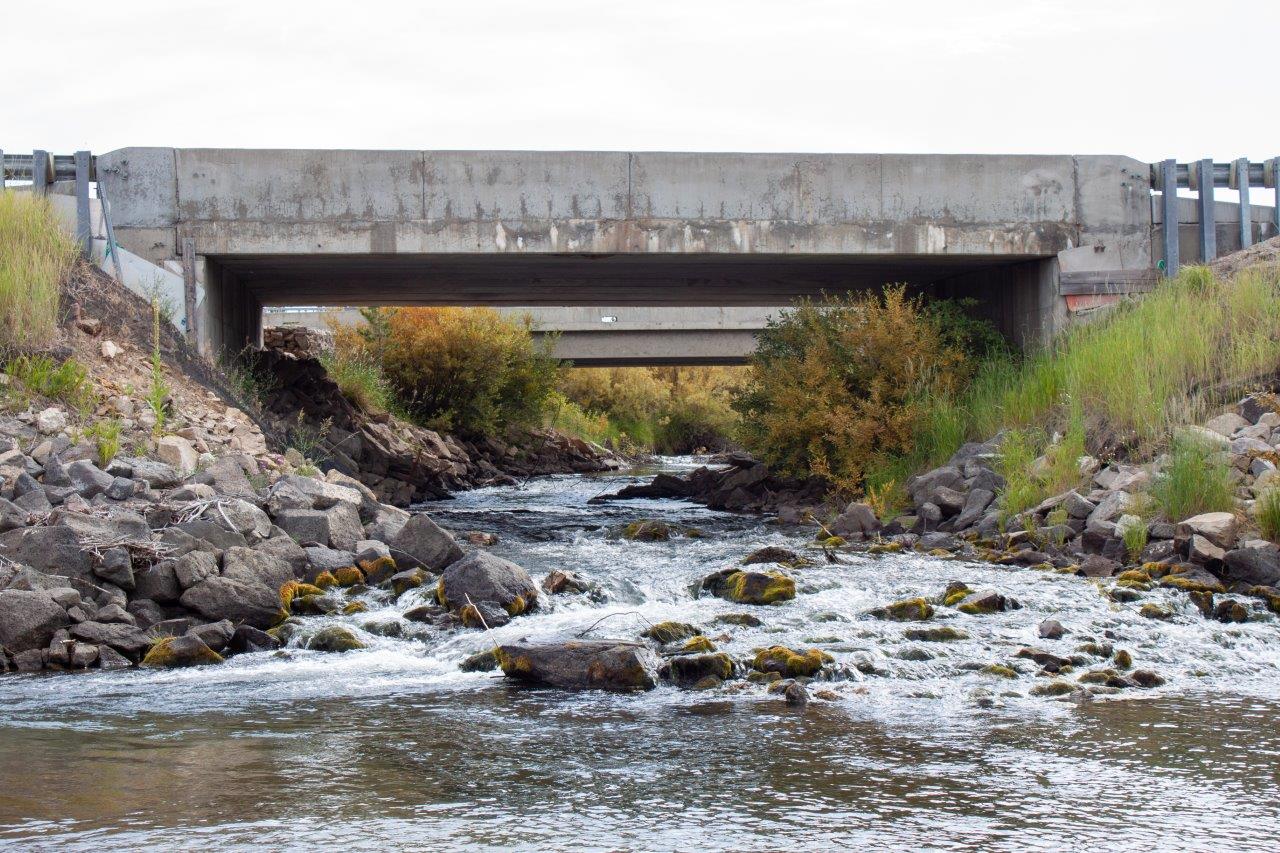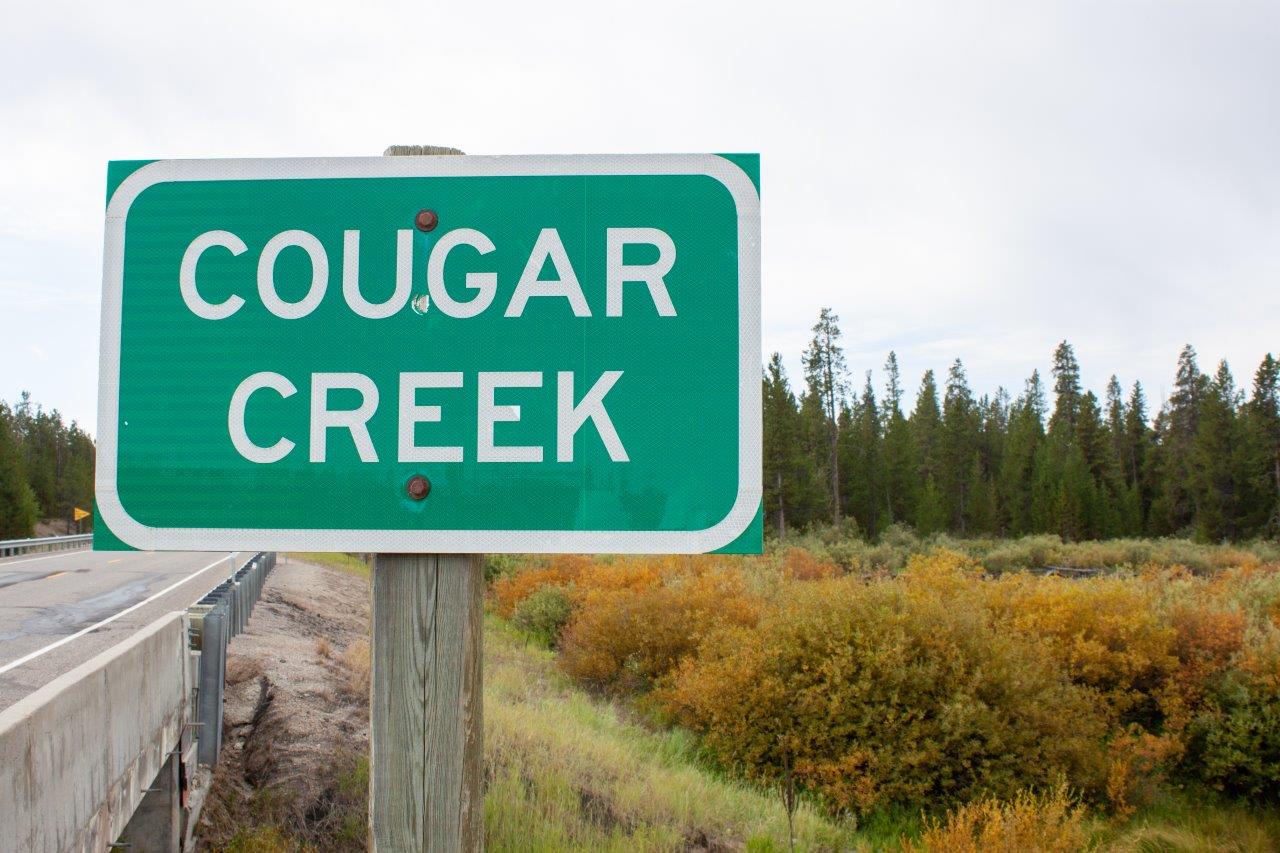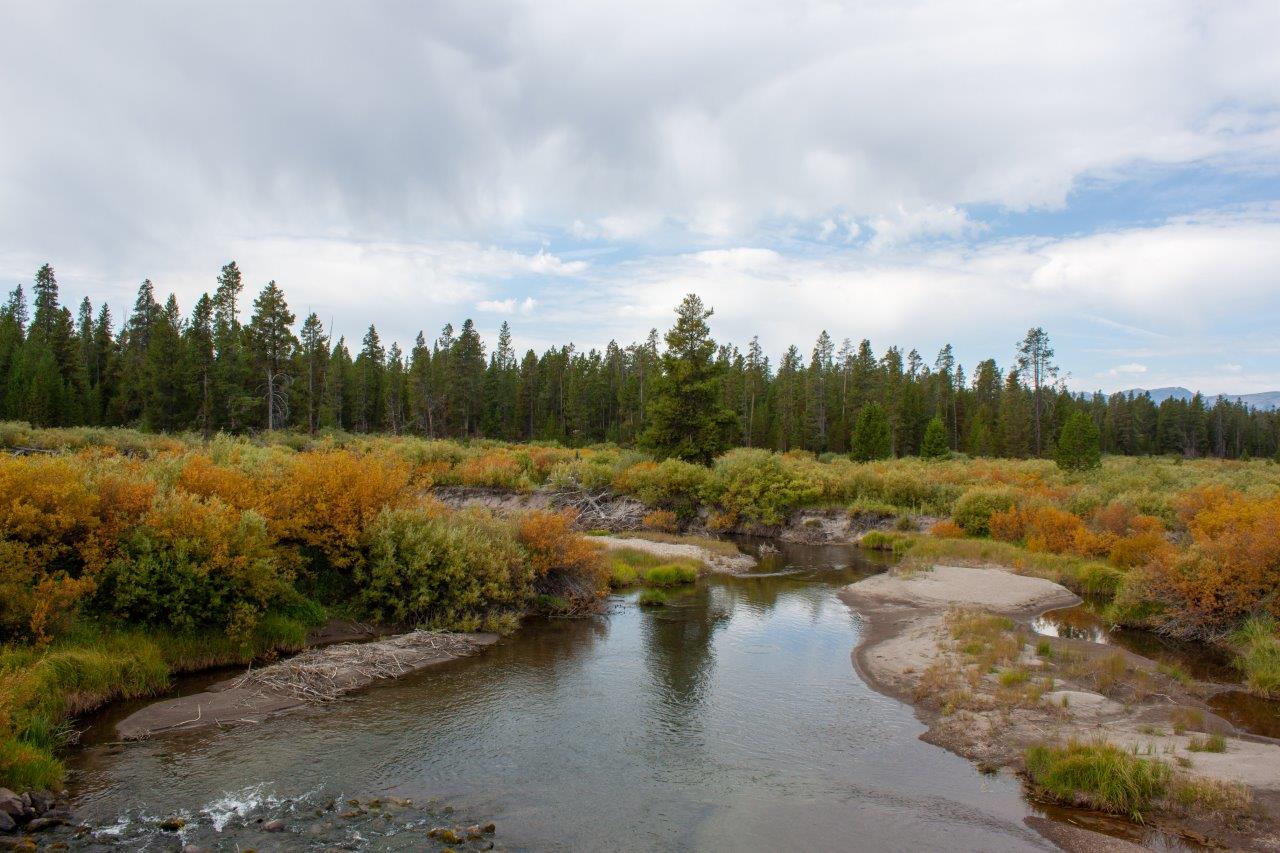
Project Overview
The Montana Department of Transportation (MDT) will replace the existing Cougar Creek Bridge on US 191 and the adjacent recreation bridge with longer and wider bridges that will span the creek channel. The new highway bridge will have foundations less susceptible to scour issues than the existing bridge. The new highway bridge will include two 12-foot driving lanes and two 8-foot shoulders. The new recreation bridge will be 22-feet wide.
Bridge Scour Issues
Flood events on rivers and creeks can erode soil around a bridge foundation. This process is frequently referred to as bridge scour. Scour issues can lead to bridge and roadway damage, and possibly closure if the damage is severe.
Cougar Creek Bridge is located 7 miles north of the community of West Yellowstone on US 191 in southwestern Montana. US 191 is the west entrance to Yellowstone National Park and a major arterial through the Gallatin National Forest. It is also the primary connection between Bozeman Yellowstone International Airport and the popular Big Sky tourist destination.
Locals and tourists alike enjoy abundant year-round recreational opportunities in the project area, including camping, watersports, horseback riding, hunting, and fishing in the summer, and snowmobiling, cross-country and backcountry skiing, and snowboarding in the winter.
United States Forest Service (USFS) maintains a bridge used for recreation that is located approximately 15 feet directly upstream from Cougar Creek Bridge. It will also be replaced as a separate structure immediately adjacent to Cougar Creek Bridge. Agency partners are seeking grants and funding opportunities to cost share the replacement of the recreation bridge.


Addressing Wildlife Issues
MDT is coordinating closely with FWP and U.S. Forest Service (USFS) and engaging other agency and tribal partners and interested stakeholders on this project. The region, including Yellowstone National Park, is known for its diverse habitat and abundant wildlife. The Cougar Creek project area is considered to be a high priority for FWP wildlife management because it is part of a riparian corridor that provides valuable movement pathways for many wildlife species in and out of the park. The area is one of a few known bison movement pathways out of Yellowstone National Park to the west.
Wildlife-vehicle conflicts and collisions are documented throughout the project area. Conflicts with grizzly bear, moose, and smaller mammals such as otter, porcupine, and fox have occurred but are not common. Bison and mule deer conflicts occur more frequently, but bison conflicts are typically limited to the winter season (October – May).
MDT is committed to addressing wildlife issues throughout project development. Wildlife accommodations are intended to address wildlife-vehicle conflict in the project area while providing improved opportunity for wildlife movements across and along the highway. The proposed bridges will have a 12-foot-high vertical clearance and 20-foot-wide paths on each side of Cougar Creek combined with wildlife fencing to allow the passage of wildlife underneath the two bridges.

Project Schedule
The project is currently in pre-construction with construction slated to begin in 2026 and continue into 2027, funding and other factors permitting. Construction of the adjacent recreation bridge maintained by United States Forest Service (USFS) will take place first with the highway bridge and roadway work to follow.
Project Location Map

The bridge is located 7 miles north of the community of West Yellowstone on US 191 in southwestern Montana.
Stay Involved, Stay Informed
Stakeholder and public feedback are encouraged throughout all project phases to ensure MDT identifies a solution that best meets the traffic and safety needs of the surrounding communities and all those who use the bridge.
UPN 8953000
